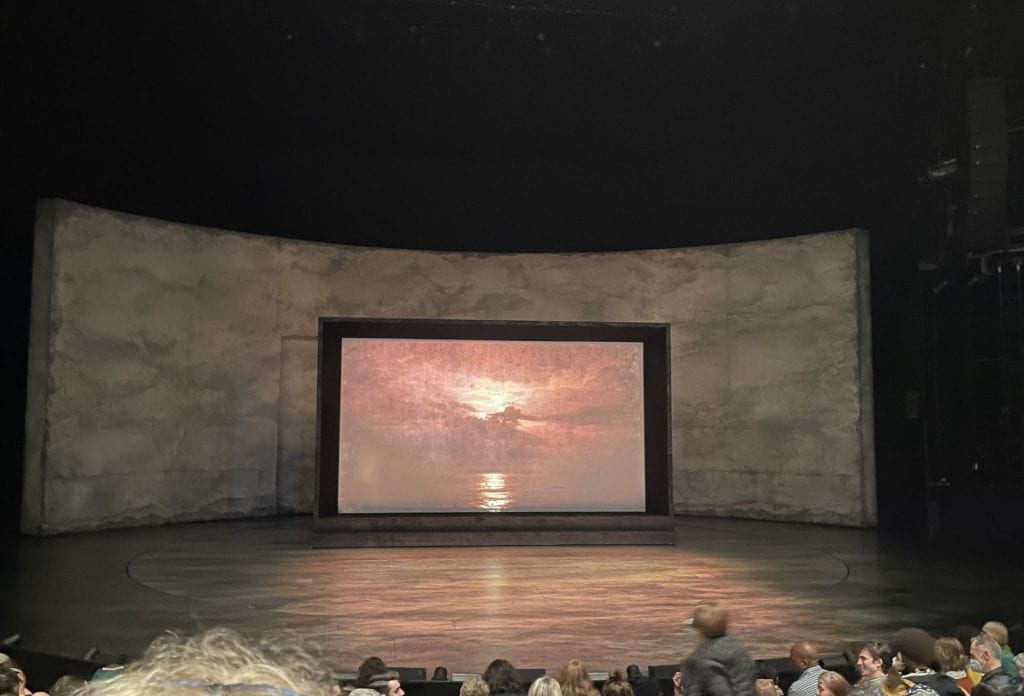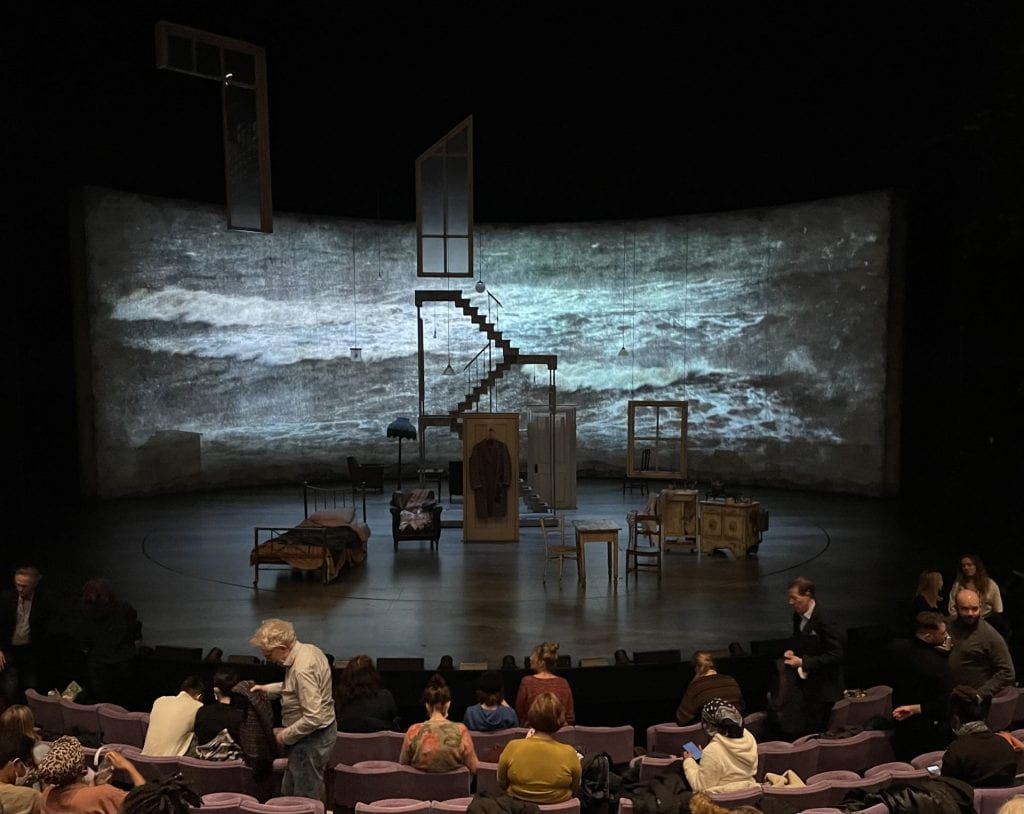“Small Island”: Captivating Production of a Poignant Story
Georgia Flynn
The production of Small Island at the National Theatre brought to life a poignant story with impressive acting and set design, and by my account, was definitely an evening well spent. Casting of this play was impeccable. The actors brought energy and comedy to their characters, but not so much as to downplay the gravity of the storylines being portrayed. Scenes where the dialogue could have been read as a bit dry or perhaps non comedic at first glance were brought to life with tone and cadence. This energy was brought to heavy and important scenes, as well as more trivial scenes or minor characters, such as Queenie’s Aunt Dorothy, a minor character who added to the production by being played with comedic wit and impeccable timing.
The play is based on a novel by Andrea Levy, who took inspiration from the stories of people who came to England from Jamaica on the Empire Windrush in 1948. The play centers around two women, Hortense (a Jamaican woman) and Queenie (a British woman) and their stories during the years before and following World War 2. It plays on themes of racial discrimination, colorism, the role of women during the war, and the hardships faced by Jamaican people, living under rule of the British Empire, on coming to their “motherland”. This play tells a dynamic story which follows several different characters explaining events throughout different timelines with narrations that break the fourth wall, flashbacks, and internal thought monologues, whose lives overlap in different ways throughout the play. All of these elements could have very easily led to a confusing and convoluted production, but director Rufus Norris was able to bring every character and storyline to life in a way that was easy for the audience to comprehend. Character narrations gave context and explanation to any possible confusion, and flashbacks would be guided by our narrating character, after which seamless set and costume changes would lead us into a different time frame.

One aspect that really added to this production was the set design. Sets added essential information to the scenes, but did so without taking away from the actors on the stage. Props, set pieces, and people were constantly appearing or disappearing through the floor. Windows would drop down on wires from the ceiling and furniture silently wheeled on and off stage. The play’s ending takes place in a house, during which the stage was filled with more set pieces where the stage would rotate to focus on different characters in different parts of the house. The rotating stage added movement to characters in several scenes, without extensive sets to clutter the stage or take away from the acting. Another impressive piece of the set was the projection on the back wall behind the stage. This would add color or images or video to enhance the acting in front of it. For example, scenes taking place in Jamaica were accented by warmer colors and more tropical greenery projected on the wall. One scene in particular that was impressively elevated by the projection element was when a character named Gilbert boards the Windrush to make an adventurous new life for himself in England. A projection showed real footage of the ship and people on board. As in this scene, several scenes contained projections of real footage on the wall, helping to transport the audience to the time frame of this play and to understand that the stories of people in this play, of emigrating from Jamaica or other colonies of the British Empire to England for opportunities after World War II, are real.

One criticism of the production I have is more to do with the script and storyline than the production itself. Without giving too much away, a coincidental meeting of Queenie and Michael, Hortense’s cousin, leads to an important storyline which includes elements of interracial relationships and discrimination. Although the aftermath of this situation creates an important component of this play, the unlikely and coincidental nature of this storyline seemed like a bit of a reach, done only to tie all of the central characters together. However, the resulting situation does add depth and thought provoking subject matter for the audience. Overall, this seamless production contained poignant and heavy topics alongside comedic situations for the characters, all of which was delivered with emotion, energy, and impressive acting. I strongly recommend taking the time to enjoy the National Theatre’s production of Small Island.





